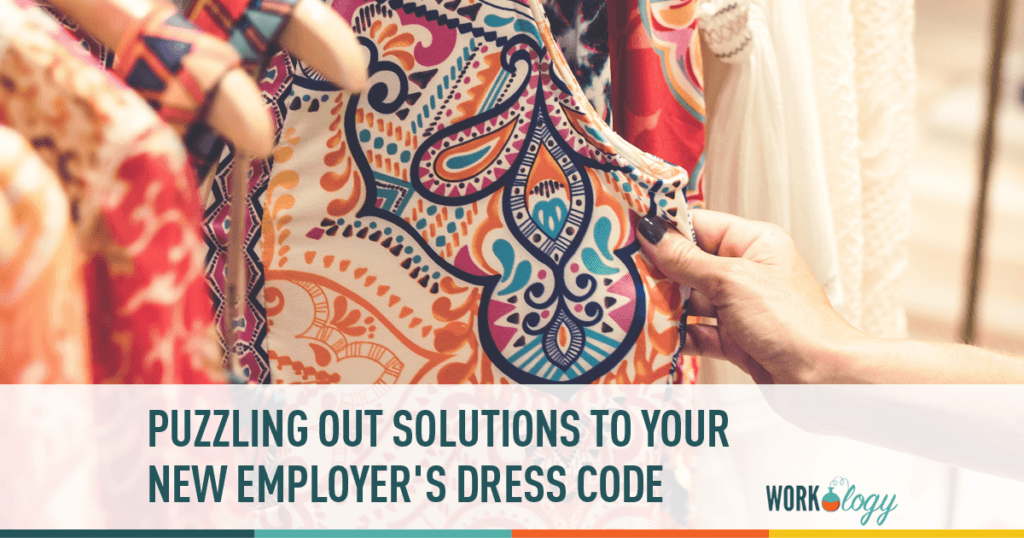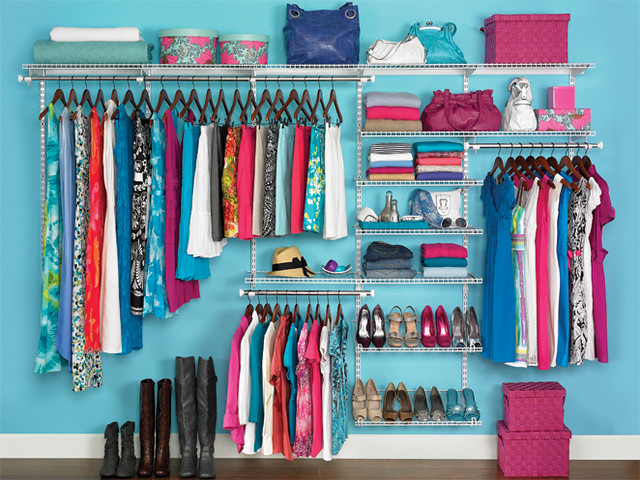It’s difficult enough to start a new job, learn your duties, get a feel for the office culture and avoid the “friending” attempts of the office gossip, but now you’re expected to determine exactly what constitutes your new employer’s dress code—before you even start your first day of work. Business fashion experts talk of the gradual decline in the formality of attire expected at most offices and places of employment over the last three decades. This fact may have led to the decline of gift ties during the Christmas holidays, but it still leaves a great deal of subjectivity in what constitutes “business casual,” a style increasing used when bosses discovered that employees did, in fact, get work done on casual Fridays. Unfortunately, the change was gradual and took place office-by-office, leaving an enormous disparity in what’s considered casual and what might be considered clueless.
Dressing for Work for Dummies
Yes, you might consider this subtitle a little over the top—until you see the new paralegal in shorts and flip-flops. As of 2013, there are approximately five different delineations regarding dressing for work:
Business Formal & Business Professional

Business Casual
Business Casual is trickier. In some offices, it still requires some degree of conformity to a dress code while other offices step in only when a line is unknowingly crossed and an employee’s outfit is dubbed inappropriate.
In a 2011 Chicago Tribune Lifestyles article on the subject of dressing for the office, author Jen Weigel interviews office managers with different opinions on the subject. One manager of a career coaching firm allows business casual wear, but pointedly emphasizes “there’s a difference between casual and sloppy.” Another businesswoman interviewed by Weigel, however, dismissed a business casual option altogether, believing that “when you allow casual dress, some people start to be more casual in the way they approach their work.”
Tech Casual
It’s difficult to discern the difference between “Tech Casual” and “Undergrad Dress for Classes.” However, when the billionaire owner of a social media company holds press conferences in an obviously well-worn T-shirt, calling his style “tech casual” as opposed to indicating that he resembles your nephew who’s a sophomore in college, might help protect the writer from lawsuits, the Mafia, publishing bans and any of the myriad punishments a billion or more George Washingtons might purchase.
Uniforms
Whether you’re a nurse in scrubs or a mechanic in a light blue shirt with your name in cursive in an oval over your right chest, you may perhaps be the luckiest of all. No real thought at all is required for you to dress for work and no supervisor is going to dress you down for, well, dressing down.
None of the Above
Some companies have opted for this choice, sometimes referred to as a Casual Dress Code or just the absence of one. Unlike employees clad in uniforms, this situation is somewhat similar to a public high school: Despite your freedom, now you have to worry about how cool or fashionable or appropriate your attire might be.
Still Don’t Know What to Wear?
If you’re still unsure of what to wear to work on your first day of employment, refer to your new employee handbook for any hints or outright regulations. If you need more help, call your new employer’s Human Resources office and ask for assistance. If you remain unsure after having visited the office for an interview, reading the employee handbook and talking to someone in HR, consider asking around to anyone you know who has worked in the same field to learn their opinions.
When in doubt, always lean toward being overdressed rather than under. Wearing a suit on your first day in an office full of jeans-clad employees will be a much easier scenario than showing up in jeans only to find all your new coworkers clad in suits.











One Comment
Great post! Dress code can be really tricky. You never want to overdress or underdress and often people are unsure about what different dress codes call for. Whether for a video interview or just your first day of work, what you are wearing can be responsible for how you make your first impression.
Comments are closed.